Degenerative arthrosis of the joints, with the progression of which destruction of cartilage tissue occurs, is often diagnosed in young men and women. The characteristic symptoms of an initial disease are severe soreness, which also occurs at rest, when there is no load on the limb. To alleviate the unpleasant discomfort and prevent the destruction of cartilaginous structures, complex treatment is prescribed.
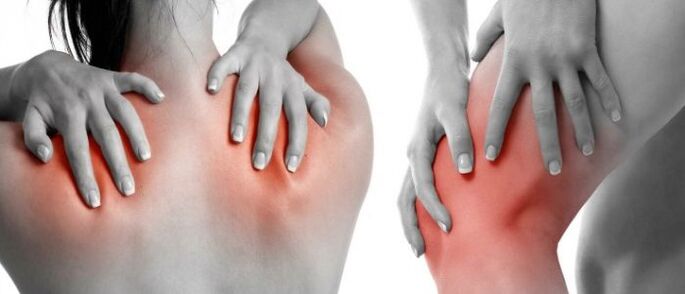
What is this disease?
Osteoarthritis is a terrible, common chronic disease that affects most of the entire population.
The pathology is characterized by inflammatory lesions of the cartilage tissue of small and large joints. Due to degenerative changes in cartilage, periarticular capsules, synovial membrane, muscular and ligament structures and bone tissues are affected. The main cause of the development of such a pathology is considered to be a disturbed metabolism. A complete cure for the disease is impossible, it will only be possible to bring the patient to remission, therefore osteoarthritis, which gradually destroys the articular system, is dangerous. Joint disease is often diagnosed in old age, but it also occurs in young people who are already in their 20s. It is important to diagnose the initial stage of its development. This will prevent new complications and help the body cope with the problem.
Reasons for development

Violation of metabolic processes in the articular joints provokes the onset of disease development. Pathology is characteristic of one or several joints at the same time. Other common causes of osteoarthritis are:
- hormonal changes in women during menopause;
- violation of blood supply to the joints;
- persistent hypothermia;
- chronic damage;
- advanced age;
- excess weight;
- added stress on joints;
- autoimmune pathologies;
- diseased thyroid gland;
- hemophilia;
- herpes;
- hepatitis;
- allergies in which bone and joint structures are affected;
- varicose veins;
- strict diets or unbalanced meals;
- excessive physical activity;
- inheritance;
- unfavorable environment.
Arthritic changes are observed in people who have to work in difficult physical conditions. These are such specific specialties:
- miners;
- masons;
- metallurgists;
- blacksmith;
- the English.
Characteristic stages and symptoms
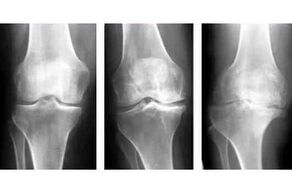
The signs of osteoarthritis develop gradually and increase with the progression of the pathology. There are 3 stages of osteoarthritis:
- In the first stage, no morphological changes appear, only the synovial composition of the fluid is disturbed, as a result of which the cartilage tissues receive less nutrients, quickly lose their elasticity and stability. There is inflammation in the joint cavity, the pain begins to bother.
- In stage II, the degenerative process takes place more actively. The articular cartilage is gradually destroyed, uric acid is not completely excreted from the body, as a result of which the first growths of bone in the joints appear. This restricts the movement of the articular joints, so the inflammation progresses, the constant pain in the limb muscles bothers.
- Grade III manifests as a complete thinning of the cartilage tissue of the ankle, and deformation of the joint itself is also observed. There are signs of axial changes in the limb. Also, degenerative disorders begin in the ligament apparatus, as a result of which the limb is no longer able to move normally, hypermobility is observed in combination with a violation of the natural range of motion. The pain in stage 3 osteoarthritis is constant, a person can not lie quietly, sleep, rest. Complete malnutrition of the joint threatens to disrupt the functioning of the affected limb.
Other symptoms
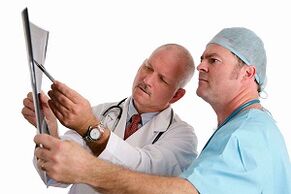
The disease causes characteristic signs in a person, which are divided into 4 groups:
- PainSevere joint pain, which does not go away for a long time, is the first symptom that characterizes the progression of the pathology. The pain is caused by any movement or physical activity, but at rest the person improves, the discomfort subsides.
- Crunch. This symptom is expressed in the stage of osteoarthritis worsening. Due to the fact that the cartilage tissues of the joints are deformed for a long time, the bone structures begin to touch and rub against each other. As the crisis increases, the pain syndrome will also progress.
- Impaired joint mobility. Progressive osteoarthritis of the bone leads to increased growth of bone formations. As a result, muscle tissue spasms, and the gap at the joint of the article gradually decreases. The pressure in the joint increases, which also makes the limb immobile.
- Joint deformity. The rapid growth of osteophytes may provoke a modification of the composition, but this symptom already develops in the later stages.
Varieties of arthrosis of the joints
Distinguish between idiopathic or primary and secondary osteoarthritis. The first type is an independent disease that occurs as a result of age-related physiological changes. But the secondary form arises against the background of chronic injuries and can appear at any age - in 20 or 30 years. Considering which joint is affected, osteoarthritis is distinguished:
- shoulder or elbow joint;
- hip or knee joints;
- spine
Also, the disease occurs:
- refined;
- unspecified.
Why is it dangerous?
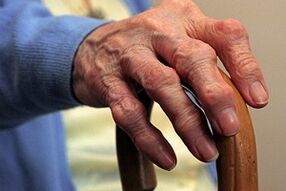
Acute osteoarthritis is terrible because as the pathology progresses, the spine becomes involved in degenerative processes, as a result of which hernias appear. Therefore, it is important to effectively treat osteoarthritis in the early stages of development, when it is possible to apply conservative methods. If treatment is provided out of time or the patient tries to heal on his own, the following disorders begin to appear:
- deformation and destruction of articular elements;
- restriction of limb movement;
- disability;
- violation of the biomechanics of the spine due to the fact that the disc has calmed down.
Diagnosing
Before prescribing an effective treatment for osteoarthritis or removal of the affected areas, it is important to know the correct diagnosis. Therefore, after the initial examination, the patient is sent to pass:
- general clinical analysis of blood and urine;
- puncture of synovial fluid, if there is a suspicion of synovitis of the knee joints;
- a sample for a histological examination of a biopathy.
Instrumental diagnosis is performed - radiography. If a patient has gonarthrosis (especially pronounced with varicose veins), X-rays of the knee joints should be taken. With dysplasia and arthrosis of the hip joint, this area of the musculoskeletal system is examined. To determine the types of damage to cartilaginous structures, it is recommended that you undergo an ultrasound, MRI or CT scan.
How to treat?
Medical and surgical
Early osteoarthritis is treated with conservative therapy. Medications are selected by a physician strictly according to an individual scheme. If a person has a stomach ulcer or other pathology of the organs of the gastrointestinal tract, then oral administration is contraindicated. In this case, the injections will give the right effect. The correct prescription of medication will help increase the activity of metabolic processes in the affected areas. Effective groups of drugs, thanks to which forgiveness will be extended:
- Anti-inflammatory;
- Hormonal corticosteroids;
- Chondroprotectors.
If conservative methods have not yielded results, surgical treatment is prescribed. To facilitate the node, palliative surgeries are indicated. When the joint is completely destroyed, surgical therapy is performed to replace it, called arthroplasty. As new technologies have made progress in the field of prosthetics, people with a replaced joint can live a different but complete life.
Exercise therapy, physiotherapy, massage
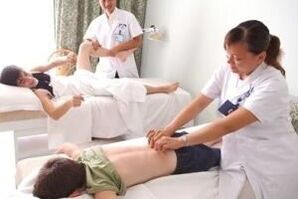
Kinesitherapy is the name of a type of therapy developed by a renowned physician. This is a set of physical exercises that must be performed in special simulators. Regular exercise will help normalize the condition of the joint and improve its functionality. This means that exercises are recommended to be performed in special hospitals specializing in diseases of the musculoskeletal system.
Massage procedures performed by a chiropractor will help to normalize blood supply and nutrition in the diseased areas, as a result of which the condition of the articular joints will gradually improve. If the causes of osteoarthritis are accurately explained and there are no contraindications, a course of physiotherapeutic procedures is prescribed, for example, the following:
- electrophoresis;
- magnetotherapy;
- laser treatment;
- mud therapy;
- medical applications based on natural resins.
The need for a diet
If osteoarthritis is provoked by overweight, the patient is advised to make a diet that will help normalize body weight, which will significantly ease the load on the joints and improve their functioning. In order for cartilage tissue to recover more quickly, doctors recommend that their patients eat jelly and boiled bone broth more often. Thanks to the collagen contained in these dishes, connective tissue will begin to regenerate and repair faster. It is also important to monitor the balance and completeness of the diet. Food should be varied, rich in vitamins, micro- and macronutrients.
Prophylaxis
To avoid the progression of such a dangerous and serious disease, it is important to dose the load on the joints, especially on the joints of the lower extremities. It is also worth avoiding injuries and fractures, after which the risk of osteoarthritis increases tenfold. It is important to lead an active lifestyle, exercise regularly in the morning, eat right and monitor your weight. Thanks to these rules, it will be possible to protect yourself from the appearance of destructive pathology or relapse.























